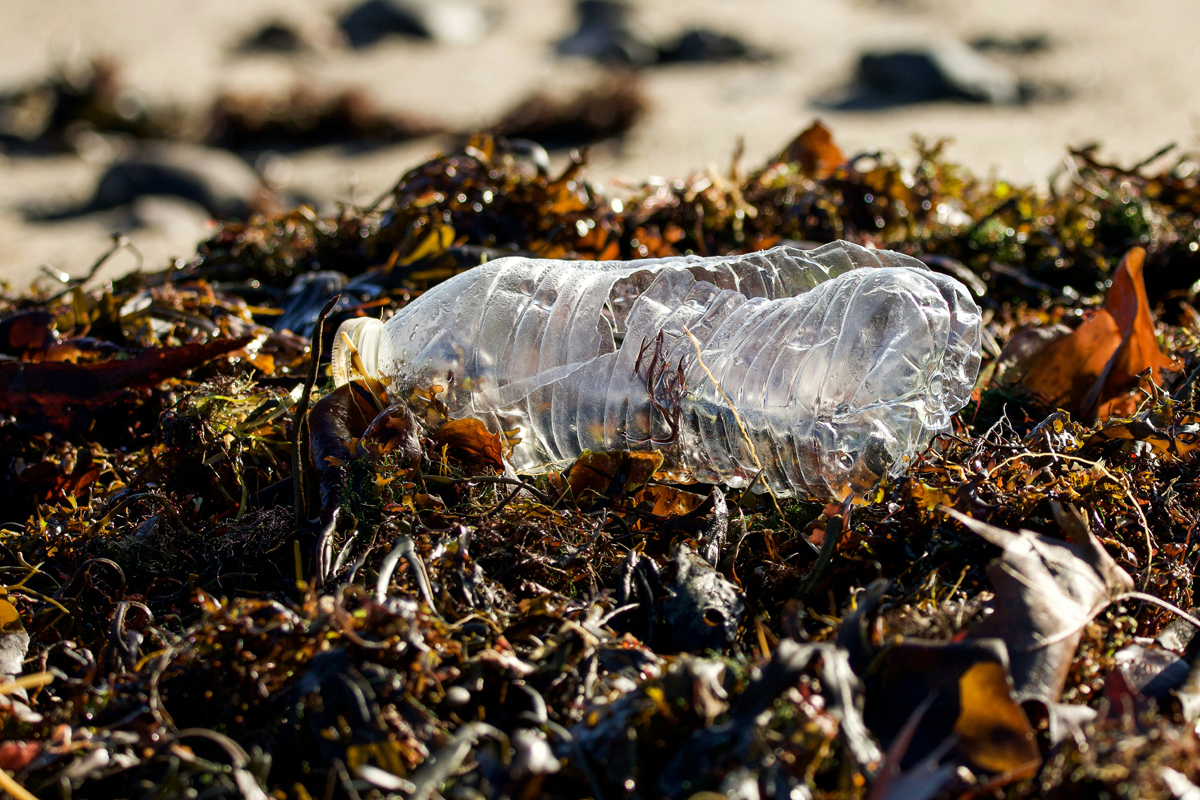Microplastics now detected in blood, organs and breast milk

 (Jan. 21, 2025) — The 1967 film “The Graduate” has a memorable quote delivered to the title character, Ben, from an older family friend, Mr. McGuire: “I just want to say one word to you. Just one word. Plastics.”
(Jan. 21, 2025) — The 1967 film “The Graduate” has a memorable quote delivered to the title character, Ben, from an older family friend, Mr. McGuire: “I just want to say one word to you. Just one word. Plastics.”
I’d like to update that one word to “microplastics.” These are defined as any particle of plastic measuring between 1 nanometer and 5 millimeters. The infinitesimally tiny menaces have invaded the soil, water, food supply and even hover in the air we breathe.
“Plastics are probably one of the largest exposures we experience as humans, and it’s been ongoing most of our lives and our parents’ lives,” says Douglas Walker, a professor of environmental health at Emory University.
In 1950, the total production of plastic was roughly 2.3 million tons. By 2022, it was a staggering 600 million.
Officials have observed animal exposure, both terrestrial and aquatic, across various ecosystems – prompting the need for further research into potential long-term harm, including inflammatory responses and behavior changes. What happens to animals inevitably happens to humans through the food chain.
Found in human blood
In 2022, scientists found microplastics in human blood. New research places them in other organs as well. Due to their ubiquity in the environment, microplastics enter our bodies through ingestion, inhalation and direct skin exposure. Researchers have identified them in a variety of tissues, including the placenta, lungs and liver. They also see them in breast milk, urine and blood.
There is evidence to suggest that their presence in blood places one at greater risk for cardiovascular disease. A study in the New England Journal of Medicine in March 2024 reported that patients with carotid artery plaque in which microplastics were detected had a higher risk of myocardial infarction and stroke.
While there is no end in sight to the production of plastic products until at least 2050, the World Health Organization (WHO) recommends “better management of plastics throughout their product life cycle and reducing the use of plastics, when possible, to move toward a more sustainable plastics economy.”
According to UC San Francisco professor Tracey Woodruff, who has researched the effects of toxic chemicals, we can make meaningful changes to limit exposure. “I don’t microwave in plastic,” she states. “Heat makes plastic release harmful chemicals like BPA, so I always microwave in ceramic or glass.”
Woodruff recommends using glass or steel water bottles rather than purchasing plastic water bottles. Microplastics are found in household dust, so regular vacuuming with HEPA filters is also beneficial.
“You’re not going to get zero,” Woodruff notes, “but you can reduce your levels.”
Send comments and questions to Nathalie Montijo at newwavenightingale@gmail.com.

Nathalie Montijo
Nathalie Raven Archangel-Montijo holds a rather interesting array of degrees and certifications, including master’s in nursing and traditional Chinese medicine (TCM). She has post-master certification as an adult geriatric primary care nurse practitioner (AGPCNP) and a license to practice acupuncture in California (L.Ac). To round all that out, she is certified in infection prevention and control (CIC) and as an advanced certified Hospice and palliative care nurse (ACHPN).
She also performs in the outlaw country band, Nineteen Hand Horse.
